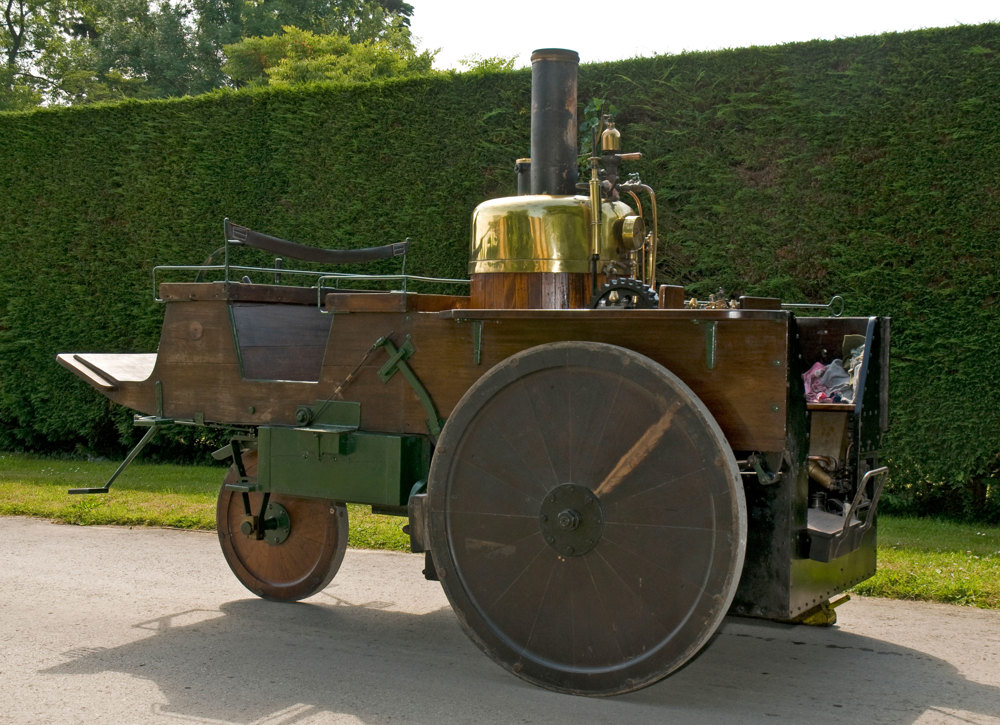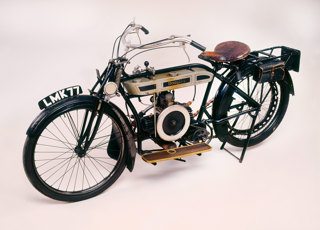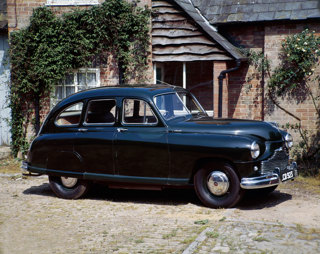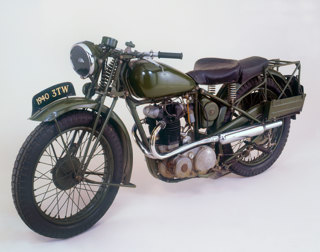Grenville Steam Carriage

Key facts
-
Year
1875
-
Country
Great Britain
-
Cylinders
2 cylinders
-
Valves
Side valves
-
Performance
18mph
-
Price new
Not marketed
-
Owner
National Motor Museum Trust
-
Manufacturer
Robert Neville Grenville
This unique vehicle represents the pre-history of motoring and is believed to be the oldest self-propelled passenger-carrying road vehicle still in working order.
In the 1870s Robert Neville Grenville developed this steam carriage, with assistance from his friend, railway engineer George Jackson Churchward. The vehicle has a steel chassis with mahogany lagged vertical water tube boiler, as used on period fire engines. The original single-cylinder engine was replaced by a two-cylinder unit after the first trials. The carriage was capable of around 15 – 18mph.
In the 18th and early 19th centuries, a number of inventors experimented with steam-powered road vehicles. The poor state of the roads did little to encourage development, although steam technology revolutionised transport when it was applied to railways and shipping. A number of engineers continued to experiment with steam-powered road carriages whilst heavy traction engines were developed for agricultural and industrial use.
The Grenville is a thoroughly sound and reliable machine
View more

Subscribe for updates
Get our latest news and events straight to your inbox.





